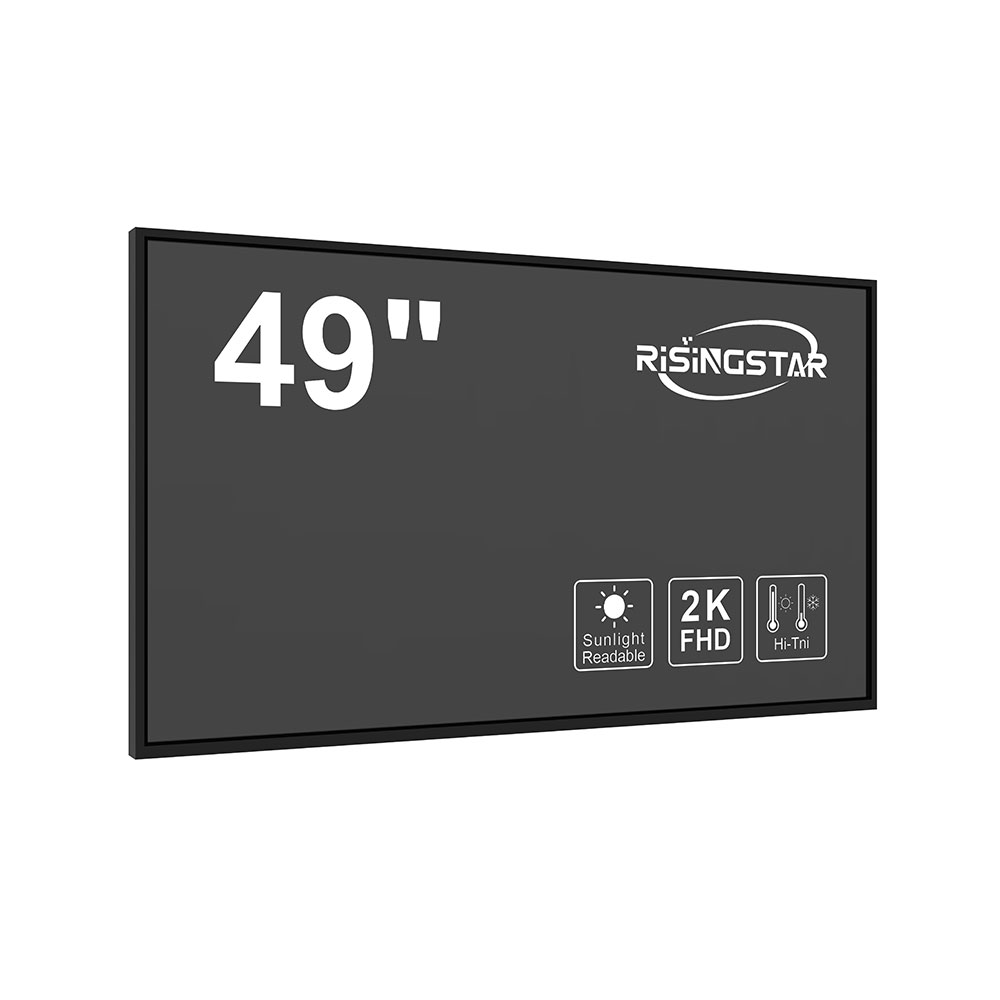
Privacy statement: Your privacy is very important to Us. Our company promises not to disclose your personal information to any external company without your explicit permission.
Outdoor LCD screens have become essential in modern urban infrastructure, from digital signage in airports and shopping malls to traffic monitoring systems and public information displays. Choosing the right outdoor LCD screen involves more than just selecting a high-resolution panel—it requires understanding environmental resilience, brightness levels, and long-term maintenance strategies.
One of the key advantages of outdoor LCDs is their ability to operate under extreme conditions—typically rated IP65 or higher for dust and water resistance, and capable of functioning in temperatures ranging from -20°C to 60°C. According to industry standards like EN 60068-2-1 and IEC 60068-2-30, professional-grade outdoor displays must undergo rigorous environmental testing to ensure reliability in real-world scenarios such as heavy rain, UV exposure, and temperature swings.

Practical applications span across sectors: retail businesses use bright, weatherproof LCDs to showcase promotions in parking lots; transportation hubs deploy them for live departure boards; and municipalities install large-format panels for emergency alerts. A case study from the City of London (2023) showed that LED-backlit outdoor LCDs with anti-glare coatings improved readability by over 40% compared to older models during peak sunlight hours.

However, common problems persist. Overheating due to inadequate ventilation, screen burn-in from static content, and moisture ingress in poorly sealed enclosures remain top concerns. Industry experts recommend using active cooling systems (like fans or heat pipes) and implementing automatic screen savers or dynamic content rotation to prevent burn-in.
The latest trend is the integration of AI-powered ambient light sensors and adaptive brightness control—systems that reduce power consumption by up to 30% while maintaining optimal visibility. Additionally, modular designs are gaining traction, allowing quick replacement of components like backlight units or touch panels without full system downtime.
For maximum lifespan, regular cleaning with microfiber cloths and distilled water, along with quarterly inspections of cables and power supplies, are critical best practices. In summary, a well-designed outdoor LCD system isn’t just about upfront specs—it’s an ecosystem of hardware, software, and proactive maintenance.
Email to this supplier

Privacy statement: Your privacy is very important to Us. Our company promises not to disclose your personal information to any external company without your explicit permission.